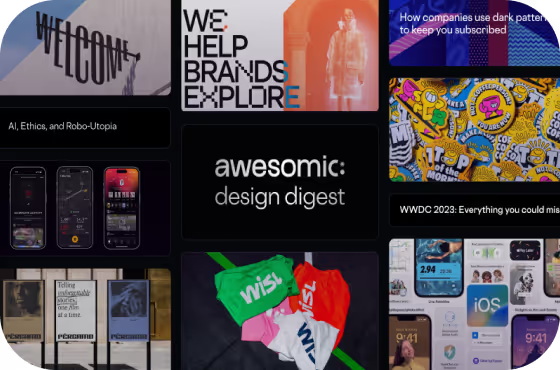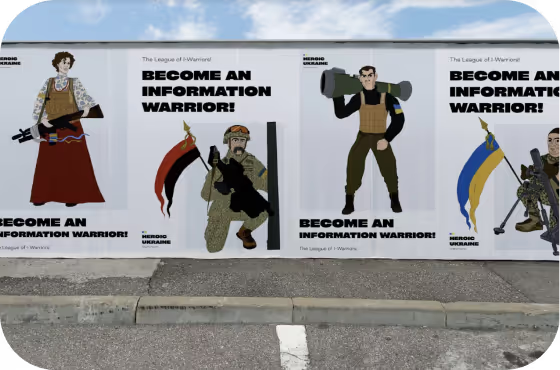The Ultimate Design Checklist

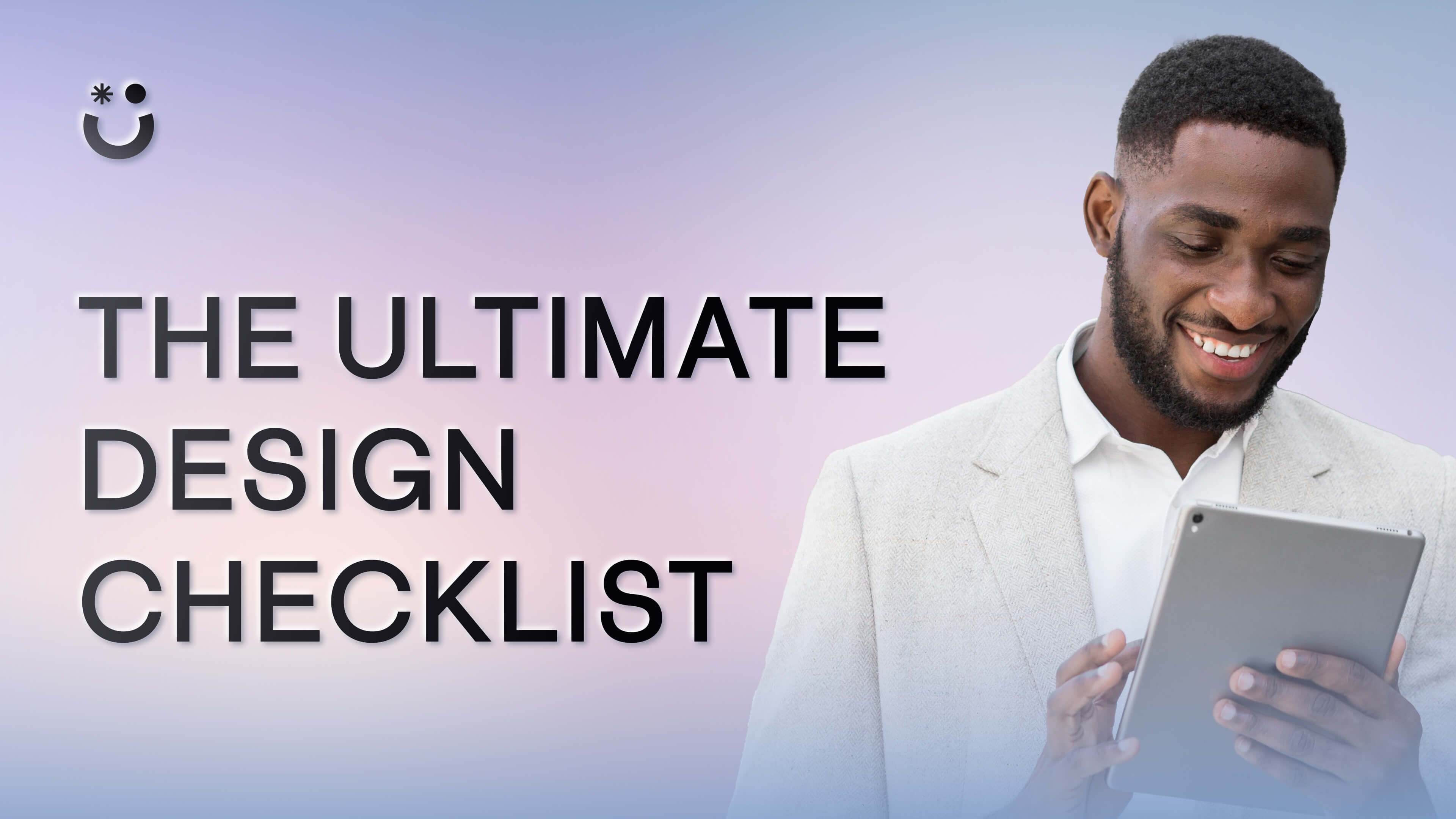
What is a design checklist?
A design checklist is a simple document that outlines all the steps necessary to complete a design project. It is an organizational tool for keeping track of tasks, timelines, and expectations. Design checklists also help you determine the resources needed to complete your project.
Whenever you start a design project, a good rule of thumb is to list all the steps required to complete the task. The first step is usually to identify your design needs, which can happen with initial exploration and research.
Are you redesigning your website? Do you need a new logo or creative ads? A checklist to help guide you through the steps and implementation of a project will be beneficial for any design project you undertake.
A design checklist can also guide you through the approval process and revisions. Finishing an excellent design that encapsulates your ideal vision will take time and iterations. Having a list of steps that ensure you stay on track until the delivery of the final product is a major tactical advantage.

Why use a design checklist?
Using a graphic design checklist can help you avoid wasting time on the wrong activities. For instance, if you want to design a website, you won’t spend time creating custom illustrations without a website layout. A checklist makes it easy to prioritize tasks, which will help you save time and become more efficient.
Additionally, a checklist will help you determine the type of designer you need and the budget for the project. It also helps ensure that everything is recognized and remembered, preventing costly delays or mistakes and making delivering feedback a more streamlined process backed by data.
Design checklists are critical for planning because they facilitate collaboration. Anyone can see what steps were taken and the current state of a design project; alternatively, other designers can jump into the project whenever needed. Having one document where everyone involved in the project can access information helps keep the team on the same page, driving a cohesive vision for your designs.
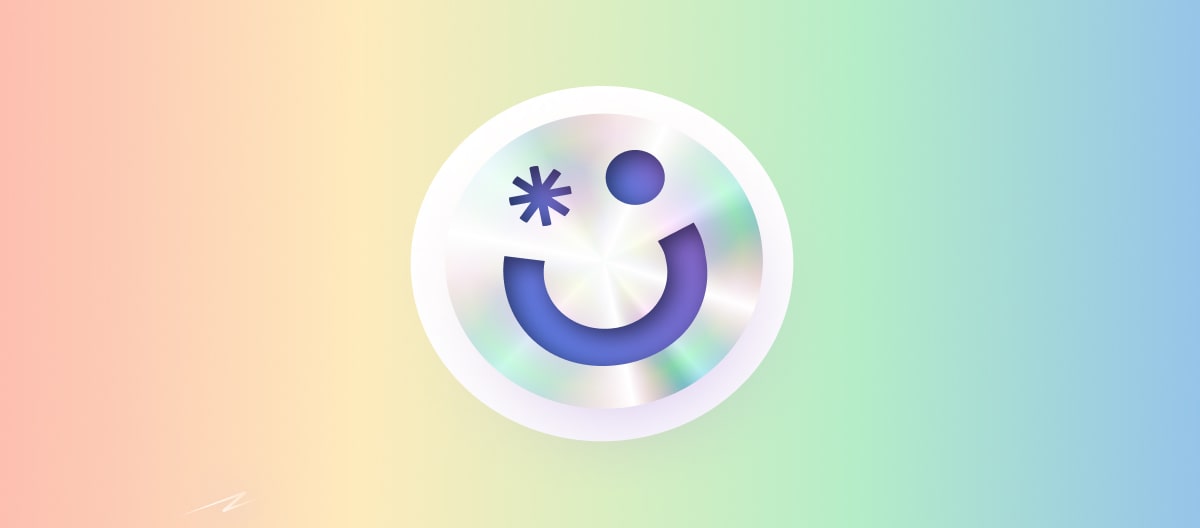
How to create a design checklist?
Creating a practical design checklist requires some thought and planning. Break down your project’s steps into specific tasks. If you are on a tight schedule, assign deadlines for each task. If the project involves multiple people, assign each person to their appropriate task.
Having someone responsible for completing specific project tasks can reduce confusion. Additionally, ensure you include detailed instructions or requirements for each task.
When providing a design brief to your designer, ensure your creative vision, requirements, and deadlines are clear. Open communication with your designer is also vital. Awesomic understands how important this is. Before you create a task with us, we require information and allow you to upload assets as you see fit. Then, whenever matched with a designer, they ensure alignment of both parties on the expected results and requirements to complete the task.
Finally, ensure you review and update your checklist as needed. It's best to do this during each stage of your design project. The goal is to remain aware of any changes that must be made along the way.
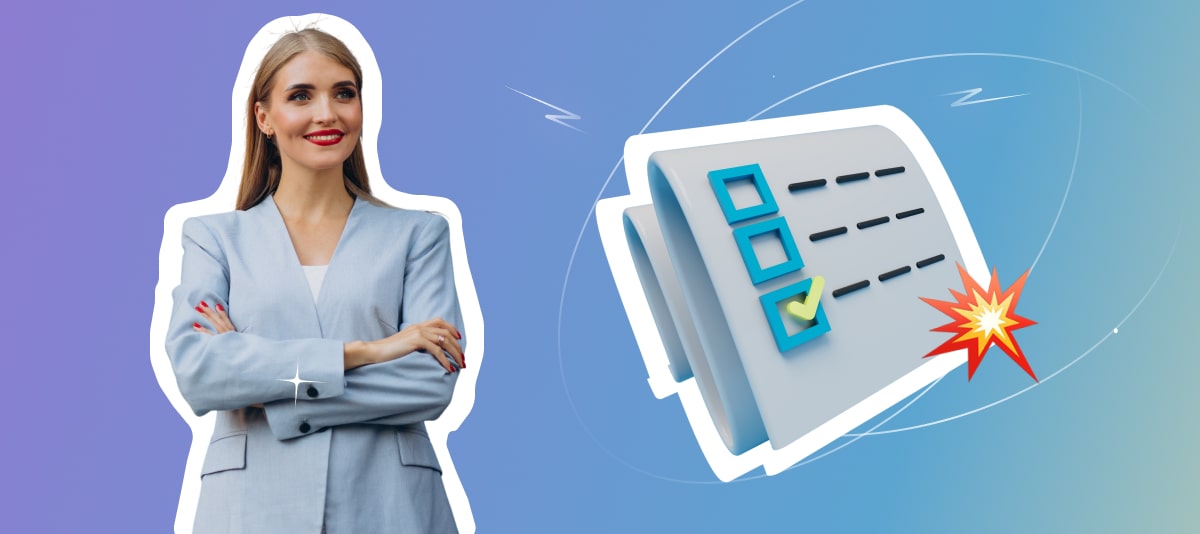
What to consider when creating a design checklist?
As you create your design checklist, there are a few things you want to keep in mind.
Setting short-term and long-term goals and objectives for your design project is necessary. For instance, ask yourself what design tasks you need to complete right away compared to ones you can complete over time. Setting these goals early on ensures you add the right tasks to your design brief checklist.
Once you've established your goals, it's time to consider how to achieve them—finding a design solution that aligns with your goals, timeline, and budget. Research talent solutions and design apps that can be used to achieve your objectives. Be sure to answer the following questions:
- Do you have an in-house designer who can handle each design project task?
- Will you outsource your design work?
- How much will you spend on design apps?
- How much are you willing to spend on design assets?
- Will you need more than one designer to achieve this objective?
Your checklist should help you understand how to complete your design project.
Time to create your design checklist
Creating a design checklist before starting a project is essential for successful completion. Not only does it help keep you organized, but it also ensures that everything gets noticed during execution.
By creating a practical checklist tailored to your unique design needs, you’ll have a better chance at tremendous success with less stress throughout the process! If you’re ready to take your designs to the next level with excellent communication and planning, Book a demo with Awesomic, and we’ll take you step by step on how to successfully create a task and get matched with the best-fit design talent in as few as 24 hours.
One subscription and your hiring problems solved


FAQ

Awesomic is a revolutionary app that matches companies with vetted professionals across 30+ skill sets, from design and development to marketing and product. Based in San Francisco with a global core team, we offer a faster and more flexible alternative to traditional hiring through a subscription-based model. Awesomic delivers high-quality talent on demand, without the delays of recruiting.

We function as a subscription-based service that matches you to top-tier, vetted talent. Submit a project in just a few clicks and start receiving deliverables in as little as 24 hours. Scale your Awesomic plan up or down as your business needs change.

Every Awesomic subscription comes with unlimited revisions. You receive daily progress updates via the app, and you can provide feedback or request iterations as needed. If your project requires a different approach, you can request a talent rematch at any time, at no extra cost. You can also add teammates to collaborate and streamline feedback

A talent marketplace is a platform that utilizes data and intelligent matching algorithms to connect professionals with projects based on their skills, experience, and availability. While often used internally by large companies, Awesomic applies this model at scale, matching vetted global talent to your most critical business needs.

Hiring is time-consuming, expensive, and risky. Awesomic eliminates that problem. We rigorously vet all talent for technical ability, communication, and soft skills, ensuring only senior-level professionals work on your projects. You skip the job posts, interviews, and delays, and get straight to results.

No, Awesomic goes beyond design. While many clients utilize us for branding, UI/UX design, or motion graphics, we also provide vetted talent in no-code web development, product design, marketing, and more. Think of us as an extension of your team. A flexible, high-performing creative partner from planning to execution, whether you're building awesome products or scaling your team.

You can talk directly with your matched talent via the Awesomic app, connect via Slack, email, or schedule video calls. No matter the plan, you’ll receive daily updates in the app for every active task. You can also tag us in for any issues through our in-app customer chat.


